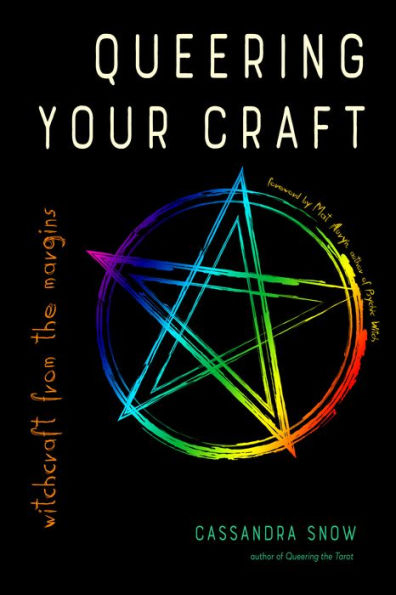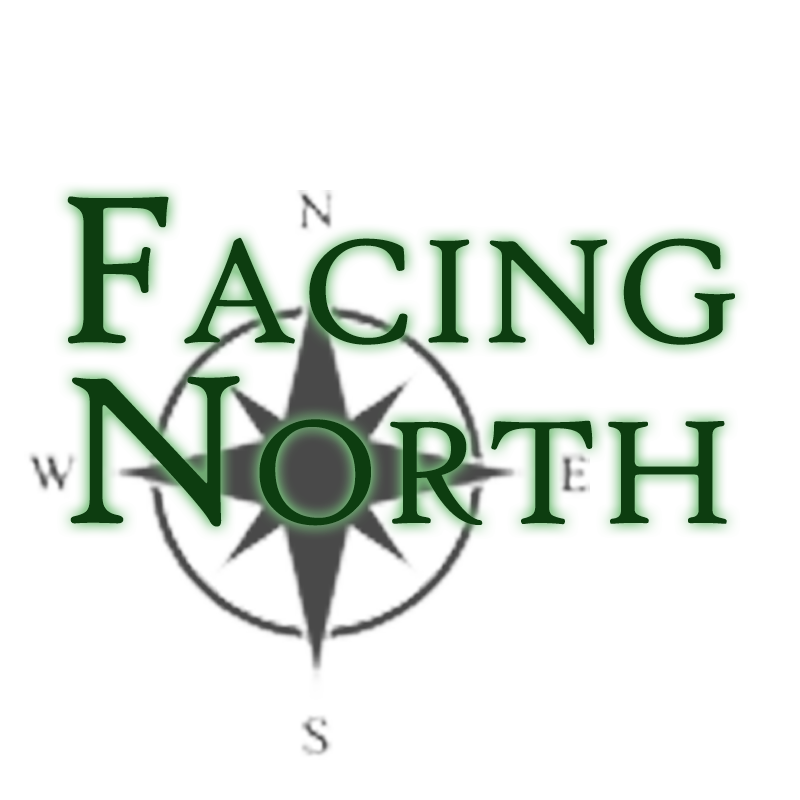As a collective of queer, disabled, femmes and thems, the Salty Moon Book Club was really looking forward to reading Cassandra Snow’s second book Queering Your Craft: Witchcraft From the Margins. Unfortunately, this book has the dubious honour of being the first official Did Not Finish (DNF) since the club’s inception several years ago. The book’s marketing suggests that it’s a witchcraft 101 book from a queer perspective, but it lacks references, is poorly organized, and is more about the author’s personal practice. In our opinion, it should have been written and marketed from a more autobiographical perspective as it would work a bit better as “this is how I queer my craft” vs. “this is how to queer your craft.”
While the author’s intent was noble, the lack of sources was obvious from page one where the author indulges in handwaving about the early days of paganism and witchcraft. Beyond this point, there are just statements presented as facts with no sources, and craft-related things presented casually without any real guidance or pointing the witchcraft 101 reader to other modern sources that might deepen their understanding or practice (meditation, sigils, poppets, etc.). In a brief discussion about sex magic (which we unanimously agreed didn’t belong in something for beginners), Snow doesn’t mention getting consent from partners before engaging in the practice and dismisses any concerns around practitioners with sexual trauma or who are on the asexual spectrum. Salty Moon was unimpressed with Snow’s statement of, “I know some people may not be ready for it [sex magick] because of sexual trauma, but I still encourage you to explore your body as a form of healing.” Later, Snow refers to people having “sexual hang-ups” and “Even if sex isn’t your bag,” which felt dismissive of people’s trauma and sexuality.
Snow also gets into appropriation almost immediately: “This practice [poppets] come from HooDoo, VooDoo, and folk magic practices.” HooDoo and VooDoo are closed practices, and lumping them in with folk magic diminishes the closed practices with what seems to be an assumption that it’s pretty much all alike, and Snow never tells us their own connection to that practice or the culture it came from.
Factually, this book also contains information that is wrong. On page 38 they state: “This goes back to Marcus Vispanius Agrippa who, in the 15th and 16th centuries, attributed this symbol [the pentagram] to magic, and used the points of the star to represent the elements.” Marcus Vispanius Agrippa was a Roman statesman and general who was born in 63 BCE and died in 12 BCE. Heinrich Cornelius Agrippa (b. 1486, d. 1535), however, was an occult writer who wrote the Three Books of Occult Philosophy, and used the image of a man superimposed over a pentagram to represent the planets and to illustrate the Golden Ratio. (see H.C. Agrippa’s Libri tres occulta philosophia).
These are only a few examples of some of the problems with this book. While it has a few nuggets, they are buried in poorly-organized, disjointed writing that needed the support of a fact-checker and a content editor. Snow mentions that they were undergoing some serious medical issues while writing the book, which unfortunately is evident in the finished product’s quality and made Salty Moon wish the author had taken the time they needed to heal before continuing this project.
~review by Salty Moon Book Club
Author: Cassandra Snow
Red Wheel/Weiser, 2020
pp. 288, $18.95

